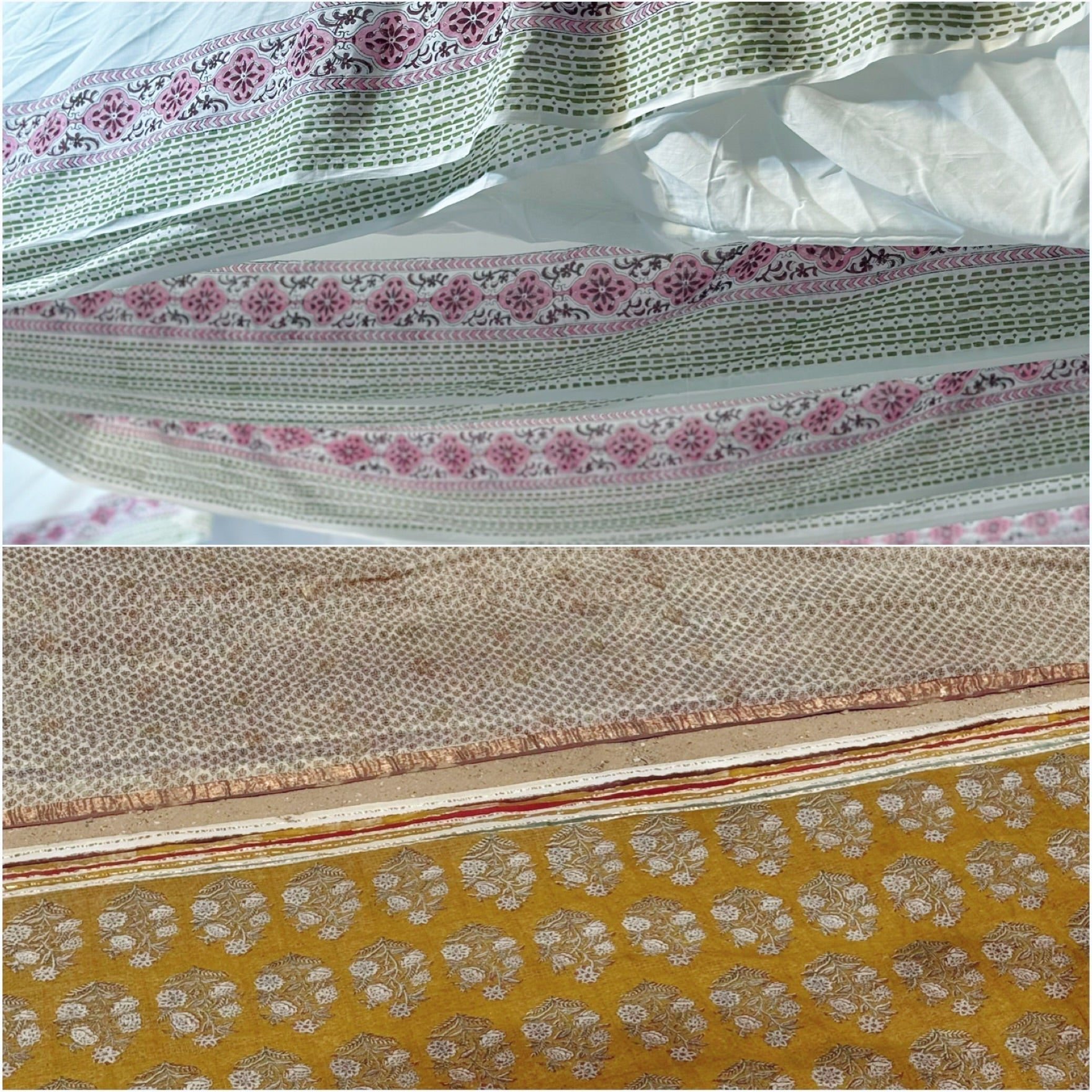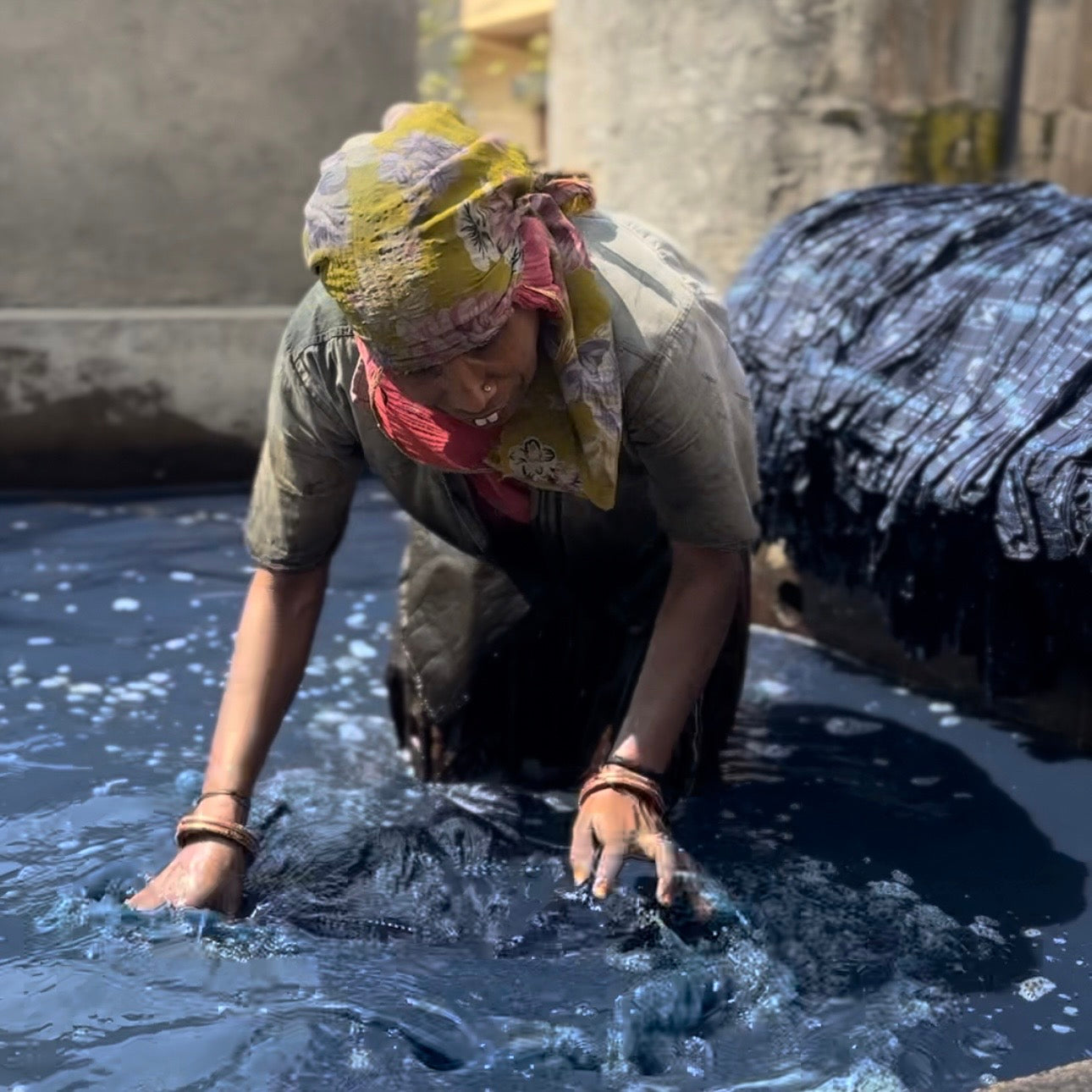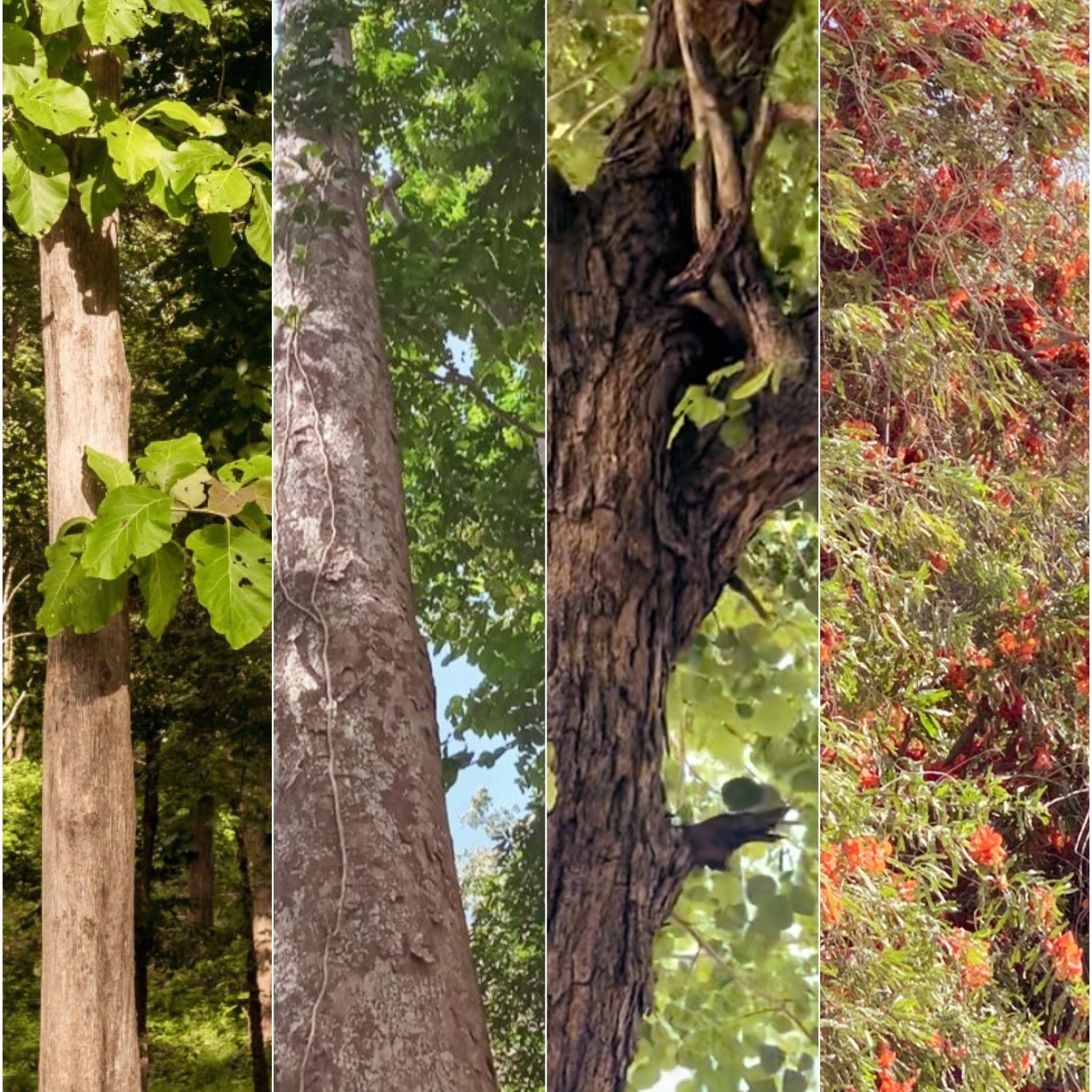
A Tale of Two Timeless Prints from Rajasthan
Bagru vs. Sanganer: A Tale of Two Timeless Prints from Rajasthan
Rajasthan’s textile legacy is a mosaic of intricate techniques and regional traditions. Among its most revered practices are the Bagru and Sanganer styles of block printing—both born of the same land, yet shaped by distinct histories, geographies, and artisan identities.
As an organization rooted in deep observation and storytelling, Parvai celebrates the unique nuances of these two traditions. Each print, each block, each dye pot speaks of place, purpose, and personality.
1. Origins & Cultural Backdrop
-
Sanganer:
Situated on the outskirts of Jaipur, Sanganer gained global attention between the 16th and 17th centuries, when the East India Company began exporting its delicate florals to Europe. With over 150 printing units and 20,000 workers today, Sanganer remains a thriving hub of fine block printing. -
Bagru:
Around 30 km from Jaipur, Bagru is the stronghold of the Chhipa community, known for practicing traditional hand block printing using natural dyes and resist techniques like Dabu. Bagru’s legacy is deeply tied to earth-based colours, slow techniques, and an ecosystem of collaborative rural craftsmanship.
2. Fabric Background & Dye Base
-
Sanganer:
Printing is primarily done on off-white or pure white backgrounds, which highlight the vibrancy and intricacy of the motifs. Both chemical and vegetable dyes are used. -
Bagru:
Favours indigo, blue, and cream-toned backgrounds. The cloth is often dyed before printing. Natural dyes dominate—black from iron rust, red from madder root, yellow from turmeric or pomegranate peel.
3. Techniques Used
-
Sanganer:
-
Uses Calico printing – outlines are printed first, then colors are filled in.
-
Doo-rookhi style allows printing on both sides of the fabric.
-
-
Bagru:
-
Known for Dabu printing – a mud-resist technique that hides parts of the fabric from absorbing dye.
-
Also practices Seyali-Bagru prints—marked by deep blacks and ochres.
-
4. Motifs & Design Language
-
Sanganer:
-
Inspired by nature, especially florals: roses, lotuses, marigolds, lilies, and lotus buds.
-
Features fine lines, delicate detailing, and often symmetrical, repetitive patterns.
-
-
Bagru:
-
Uses bolder motifs: circular, geometric designs often merged with floral, bird, or animal elements.
-
Designs are more earthy and robust, reflective of the rural aesthetic.
-
5. Water Influence & Geography
-
Sanganer:
Abundant access to water enabled frequent washing and multi-stage dyeing, which enhanced the vibrancy and depth of the prints. -
Bagru:
In contrast, limited water supply led to innovations like indigo dyeing and mud-resist methods. The scarcity inspired resourcefulness, giving Bagru prints a raw, rustic beauty.
6. Community & Contemporary Practice
-
Sanganer:
The community is now highly industrialized with widespread use of screen printing alongside block work. The fine craft survives but is often embedded in mass production environments. -
Bagru:
Still deeply tied to family-run artisan units, though now also catering to modern markets. While the traditional methods are upheld by a few, many artisans have shifted to pigment-based printing for affordability and speed.
7. Artisan and Patron Engagement (Parvai’s Observations)
From our visits, the atmospheres of Sanganer and Bagru feel markedly different.
In Bagru, the process is tactile, meditative, and often quietly choreographed by male artisans, many of whom descend from generations of Chhipa printers. However, women’s presence is subtle but essential—often involved in preparing materials, managing logistics, or printing in pigment stages. Yet, knowledge gaps, social restrictions, and limited education continue to inhibit women's full participation, especially in technical roles like dye mixing.
In Sanganer, the scale of production is larger, and so is the visibility of both male and female workers, though even here, creative leadership tends to be male-dominated. The print is sharper, the finish more refined—but sometimes, the soul of slowness feels diluted by speed.
As patrons, we must discern not just the aesthetic outcome, but the ethos of making—choosing prints that tell stories of skill, place, and people.
Conclusion: Two Traditions, One Spirit
Sanganer and Bagru are not competitors. They are siblings. Both reveal different moods of Rajasthan—Sanganer whispers with finesse, Bagru sings with earthiness. One is elegance in white; the other is endurance in indigo.
To honour them is to:
-
Recognize the deeply layered traditional knowledge behind each motif.
-
Preserve the true spirit of heritage amid rising commercial pressures.
-
Support artisans in educating patrons about their process.
-
Invest in masterworks—those rare pieces where time, tradition, and artistry converge.
In choosing consciously, we become not just buyers—but custodians of craft legacies.



Leave a comment
This site is protected by hCaptcha and the hCaptcha Privacy Policy and Terms of Service apply.